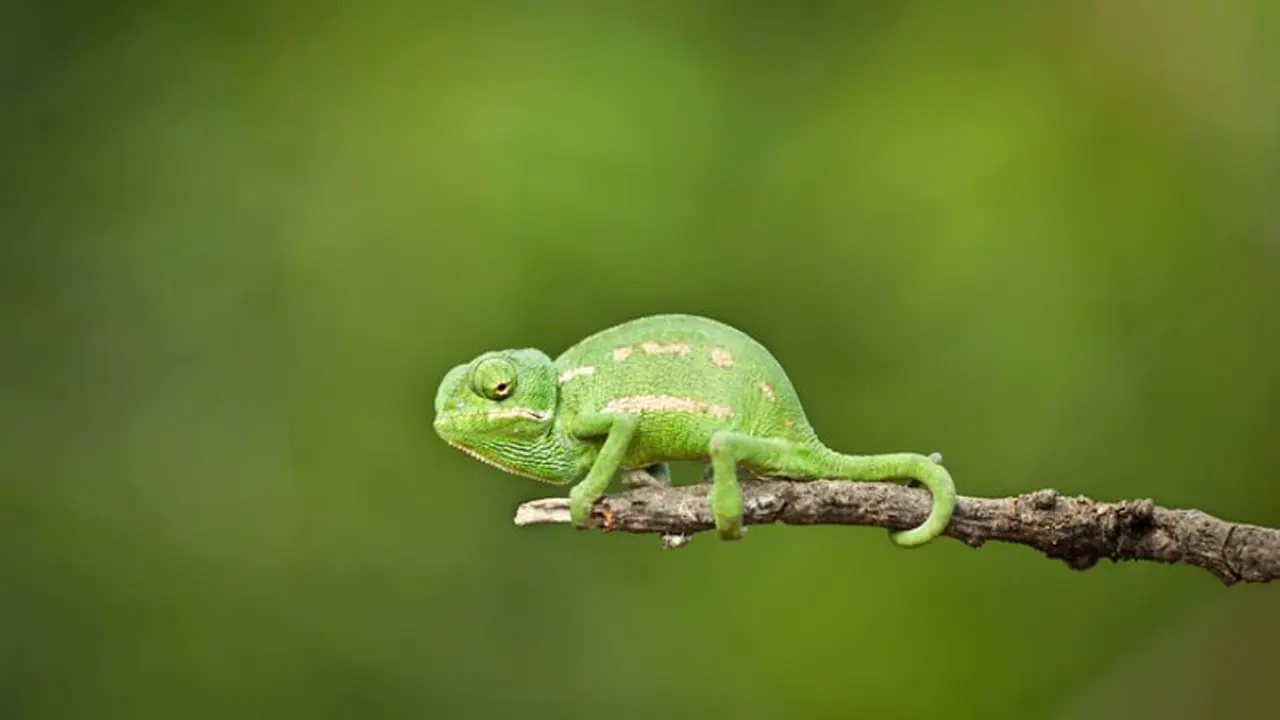The researchers, lead by Ko Seung-hwan, a mechanical engineering professor at Seoul National University, developed the "skin" using a unique ink that changes colour depending on temperature and is controlled by small, flexible heaters.
South Korean researchers claim to have created an artificial skin-like material inspired by natural biology that can swiftly alter its colours to match its environment like a chameleon.
The researchers, lead by Ko Seung-hwan, a mechanical engineering professor at Seoul National University, developed the "skin" using a unique ink that changes colour depending on temperature and is controlled by small, flexible heaters.

Using a robot outfitted with color-detecting sensors, Ko and his colleagues created thermochromic liquid crystal (TLC) ink and vertically stacked multilayer silver nanowire heaters. The skin tried to mimic whatever colours the sensors "see" around it. The robot crept through red, blue, and green floors in a video, changing colour immediately to match the scene.
Also Read | Air pollution may lower life expectancy of 40% Indians by 9 years: Study
"The colour information collected by sensors is sent to a microcontroller, which subsequently sends it to silver nanowire heaters. The thermochromic liquid crystal layer changes colour when the heaters reach a particular temperature," Ko said. She further added that the flexible skin may be developed as a wearable device and utilised for fashion, military camouflage uniforms, the outside of automobiles and buildings for aesthetic purposes, and future display technologies.
The flexible, multi-layered artificial skin is less than a hundred micrometres thick, which is thinner than human hair. The skin may form complex patterns by adding more silver nanowire layers in simple shapes such as dots, lines, or squares. In August, the study was published in the journal Nature Communications.
Also Read | Study reveals brazilian viper venom might help in fighting against Coronavirus
